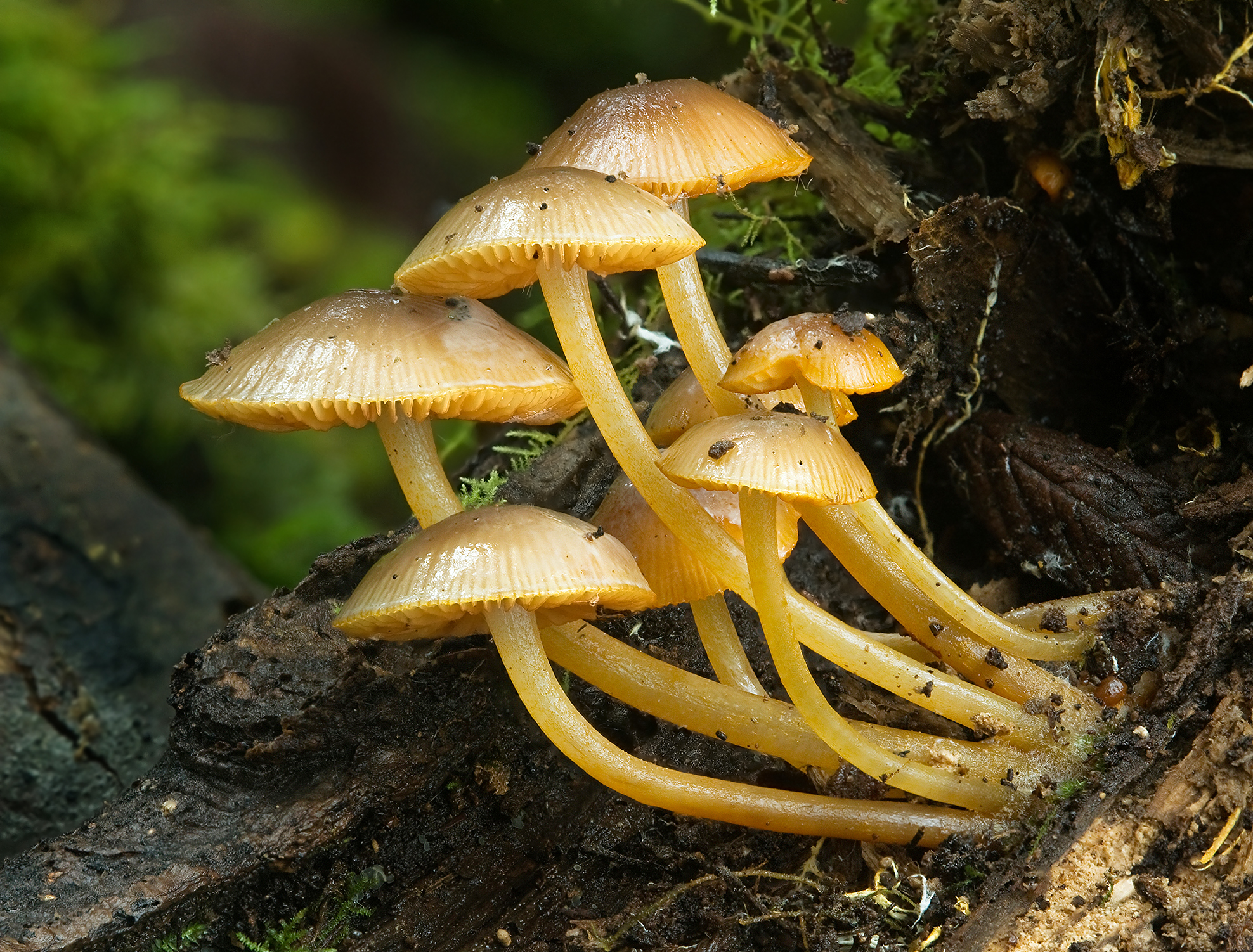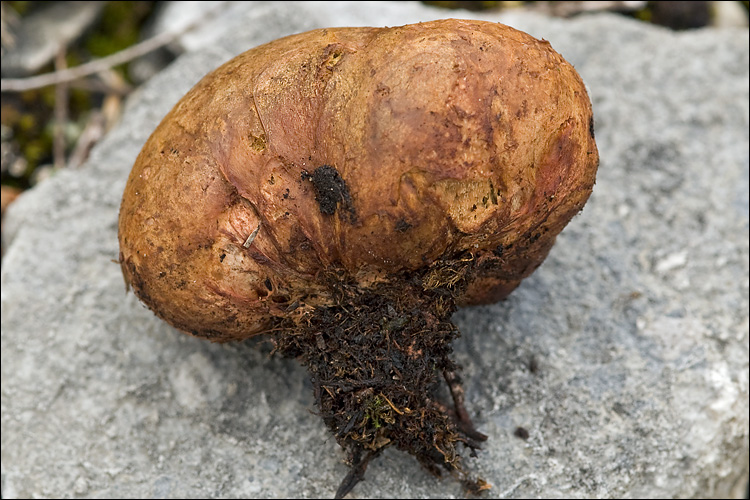|
D. H. Linder
David Hunt Linder (1899–1946) was an American mycologist known for his work on the Helicosporous fungi and his dedications for the advancement of mycological knowledge. He curated the Farlow Herbarium of Cryptogamic Botany at Harvard University and founded a highly respected journal '' Farlowia''. Personal life 1899: David Hunt Linder was born in Brookline, MA on September 24 . Early on in his life, Linder and his family moved to Canton, MA. He spent most of childhood surrounded by science and nature. His parents owned an observatory, a greenhouse, and gardens of many flowers and vegetables. 1928: Linder married to his first wife, Elinor Alberts, who was an orchidologist at the Missouri Botanical Garden. 1939: After Elinor died, Linder sold the house in Canton, remarried to Dorothy, and moved to a new house in Wakefield, MA. 1946: David Hunt Linder died on November 10, at the age of 47. Education Linder obtained his early education at the Noble and Greenough School for Boys ... [...More Info...] [...Related Items...] OR: [Wikipedia] [Google] [Baidu] |
Mycologist
Mycology is the branch of biology concerned with the study of fungi, including their genetic and biochemical properties, their taxonomy and their use to humans, including as a source for tinder, traditional medicine, food, and entheogens, as well as their dangers, such as toxicity or infection. A biologist specializing in mycology is called a mycologist. Mycology branches into the field of phytopathology, the study of plant diseases, and the two disciplines remain closely related because the vast majority of plant pathogens are fungi. Overview Historically, mycology was a branch of botany because, although fungi are evolutionarily more closely related to animals than to plants, this was not recognized until a few decades ago. Pioneer mycologists included Elias Magnus Fries, Christian Hendrik Persoon, Anton de Bary, Elizabeth Eaton Morse, and Lewis David von Schweinitz. Beatrix Potter, author of ''The Tale of Peter Rabbit'', also made significant contributions to the field. ... [...More Info...] [...Related Items...] OR: [Wikipedia] [Google] [Baidu] |
William H
William is a masculine given name of Norman French origin.Hanks, Hardcastle and Hodges, ''Oxford Dictionary of First Names'', Oxford University Press, 2nd edition, , p. 276. It became very popular in the English language after the Norman conquest of England in 1066,All Things William"Meaning & Origin of the Name"/ref> and remained so throughout the Middle Ages and into the modern era. It is sometimes abbreviated "Wm." Shortened familiar versions in English include Will, Wills, Willy, Willie, Liam, Bill, and Billy. A common Irish form is Liam. Scottish diminutives include Wull, Willie or Wullie (as in Oor Wullie or the play ''Douglas''). Female forms are Willa, Willemina, Wilma and Wilhelmina. Etymology William is related to the German given name ''Wilhelm''. Both ultimately descend from Proto-Germanic ''*Wiljahelmaz'', with a direct cognate also in the Old Norse name ''Vilhjalmr'' and a West Germanic borrowing into Medieval Latin ''Willelmus''. The Proto-Germa ... [...More Info...] [...Related Items...] OR: [Wikipedia] [Google] [Baidu] |
Mycological Society Of America
The Mycological Society of America (MSA) is a learned society that serves as the professional organization of mycologists in the U.S. and Canada. It was founded in 1932. The Society's constitution states that "The purpose of the Society is to promote and advance the science of mycology and to foster and encourage research and education in mycology in all its aspects." Members of the MSA meet annually to exchange information and build understanding of fungi. Publications ''Mycologia'' is the official scholarly journal of the Mycological Society of America. Six issues are published each year; members receive a subscription as a benefit of membership. Both members and non-members are invited to submit scholarly manuscripts for publication. As of 2002, ''Mycologia'' issues are available to subscribers online as well as in print. ''Inoculum'' is the Society's bimonthly newsletter. Though published in print through 2006, as of 2007 ''Inoculum'' is published online only and is freely ... [...More Info...] [...Related Items...] OR: [Wikipedia] [Google] [Baidu] |
Fennellomyces Linderi
''Fennellomyces'' is a genus of fungi belonging to the family Syncephalastraceae. Species: * ''Fennellomyces gigacellularis'' * ''Fennellomyces heterothallicus'' * '' Fennellomyces linderi'' * ''Fennellomyces verticillatus ''Fennellomyces'' is a genus of fungi belonging to the family Syncephalastraceae. Species: * ''Fennellomyces gigacellularis'' * ''Fennellomyces heterothallicus ''Fennellomyces'' is a genus of fungi belonging to the family Syncephalastracea ...'' References {{Taxonbar, from=Q10494682 Fungi ... [...More Info...] [...Related Items...] OR: [Wikipedia] [Google] [Baidu] |
Gloeocantharellus
''Gloeocantharellus'' is a genus of fungi in the family Gomphaceae. It contains 12 species that are found in mainly tropical and subtropical regions.Reschke, K., Lotz-Winter, H., Fischer, C.W., Hofmann, T.A., Piepenbring, M., 2021. New and interesting species of Agaricomycetes from Panama. Phytotaxa 529, 1–26. https://doi.org/10.11646/phytotaxa.529.1.1 Taxonomy The genus was circumscribed by American mycologist Rolf Singer Rolf Singer (June 23, 1906 – January 18, 1994) was a German-born mycologist and one of the most important taxonomists of gilled mushrooms (agarics) in the 20th century. After receiving his Ph.D. at the University of Vienna in 1931 he worked ... in 1945. Species * '' G. corneri'' - m Sri Lanka, Brazil and French Guiana * '' G. dingleyae'' * '' G. echinosporus'' - Malaysia, Indonesia, Solomon Islands and Melanesia * '' G. lateritius'' - Sri Lanka * '' G. mamorensis'' * '' G. novae-zelandiae'' * '' G. okapaensis'' - New Guinea and Solomon Islands ... [...More Info...] [...Related Items...] OR: [Wikipedia] [Google] [Baidu] |
Clathrus
''Clathrus'' is a genus of fungi of the family Phallaceae, the stinkhorn fungi. As with other members of the family, mature fruit bodies are covered with olive-brown slimy gleba, containing spores, that attracts flies. These fungi are saprobic (feeding on dead organic matter) and are common in mulch A mulch is a layer of material applied to the surface of soil. Reasons for applying mulch include conservation of soil moisture, improving fertility and health of the soil, reducing weed growth and enhancing the visual appeal of the area. A .... Species References External links * * * Agaricomycetes genera Phallales {{Phallales-stub ... [...More Info...] [...Related Items...] OR: [Wikipedia] [Google] [Baidu] |
Kickxellaceae
The Kickxellales are an order of fungi classified under Kickxellomycotina. It contains the single family Kickxellaceae. It is not monophyletic In cladistics for a group of organisms, monophyly is the condition of being a clade—that is, a group of taxa composed only of a common ancestor (or more precisely an ancestral population) and all of its lineal descendants. Monophyletic .... Genera *'' Coemansia'' *'' Dipsacomyces'' *'' Kickxella'' *'' Linderina'' *'' Martensella'' *'' Martensiomyces'' *'' Mycoëmilia'' *'' Myconymphaea'' *'' Pinnaticoemansia'' *'' Ramicandelaber'' *'' Spirodactylon'' *'' Spiromyces'' References Zygomycota Fungus orders {{Zygomycota-stub ... [...More Info...] [...Related Items...] OR: [Wikipedia] [Google] [Baidu] |
Schizophyllum
''Schizophyllum'' is a genus of fungi in the family Schizophyllaceae The Schizophyllaceae are a family of fungi in the order Agaricales. The family contains two genera and seven species. Species cause white rot in hardwoods. The most common member of the genus ''Schizophyllum'' is ''Schizophyllum commune'', a widel .... The widespread genus contains six wood-rotting species. References External links''Schizophyllum'': perhaps the world's most widespread fungus* Schizophyllaceae Agaricales genera {{Agaricales-stub ... [...More Info...] [...Related Items...] OR: [Wikipedia] [Google] [Baidu] |
Rhizopogon
''Rhizopogon'' is a genus of ectomycorrhizal basidiomycetes in the family Rhizopogonaceae. Species form hypogeous sporocarps commonly referred to as " false truffles". The general morphological characters of ''Rhizopogon'' sporocarps are a simplex or duplex peridium surrounding a loculate gleba that lacks a columnella. Basidiospores are produced upon basidia that are borne within the fungal hymenium that coats the interior surface of gleba locules. The peridium is often adorned with thick mycelial cords, also known as rhizomorphs, that attach the sporocarp to the surrounding substrate. The scientific name ''Rhizopogon'' is Greek for 'root' (Rhiz-) 'beard' (-pogon) and this name was given in reference to the rhizomorphs found on sporocarps of many species. ''Rhizopogon'' species are primarily found in ectomycorrhizal association with trees in the family Pinaceae and are especially common symbionts of pine, fir, and Douglas fir trees. Through their ectomycorrhizal relationshi ... [...More Info...] [...Related Items...] OR: [Wikipedia] [Google] [Baidu] |
Gloeomucro
''Gloeomucro'' is a genus of fungi A fungus (plural, : fungi or funguses) is any member of the group of Eukaryote, eukaryotic organisms that includes microorganisms such as yeasts and Mold (fungus), molds, as well as the more familiar mushrooms. These organisms are classified ... in the Hydnaceae family. The widespread genus contains nine species. References External links * Cantharellales Agaricomycetes genera Taxa named by Ron Petersen {{Agaricomycetes-stub ... [...More Info...] [...Related Items...] OR: [Wikipedia] [Google] [Baidu] |
Mucronella
''Mucronella'' is a genus of fungi in the family Clavariaceae. Species in the genus resemble awl-shaped teeth that grow in groups without a common subiculum (supporting layer of mycelium). Taxonomy The type species was originally named ''Hydnum calvum'' in a collaborative effort by the German botanist Johannes Baptista von Albertini and the American Lewis David de Schweinitz in 1805. Swedish mycologist Elias Magnus Fries transferred the species to the newly described genus ''Mucronella'' in 1874. Molecular phylogenetic analysis suggests that the genus is monophyletic, and is sister to the remainder of the Clavariaceae, confirming earlier suspicions that the taxa were phylogenetically related. It had previously been placed in the Russulales due to its amyloid spores, and its morphological similarity to some members of genus '' Hericium''. Description Fruitbodies of ''Mucronella'' species resemble hanging spines; they occur singly, scattered, or in groups. Colors range from w ... [...More Info...] [...Related Items...] OR: [Wikipedia] [Google] [Baidu] |
Fungi
A fungus (plural, : fungi or funguses) is any member of the group of Eukaryote, eukaryotic organisms that includes microorganisms such as yeasts and Mold (fungus), molds, as well as the more familiar mushrooms. These organisms are classified as a Kingdom (biology), kingdom, separately from the other eukaryotic kingdoms, which by one traditional classification include Plantae, Animalia, Protozoa, and Chromista. A characteristic that places fungi in a different kingdom from plants, bacteria, and some protists is chitin in their cell walls. Fungi, like animals, are heterotrophs; they acquire their food by absorbing dissolved molecules, typically by secreting digestive enzymes into their environment. Fungi do not photosynthesize. Growth is their means of motility, mobility, except for spores (a few of which are flagellated), which may travel through the air or water. Fungi are the principal decomposers in ecological systems. These and other differences place fungi in a single gro ... [...More Info...] [...Related Items...] OR: [Wikipedia] [Google] [Baidu] |




